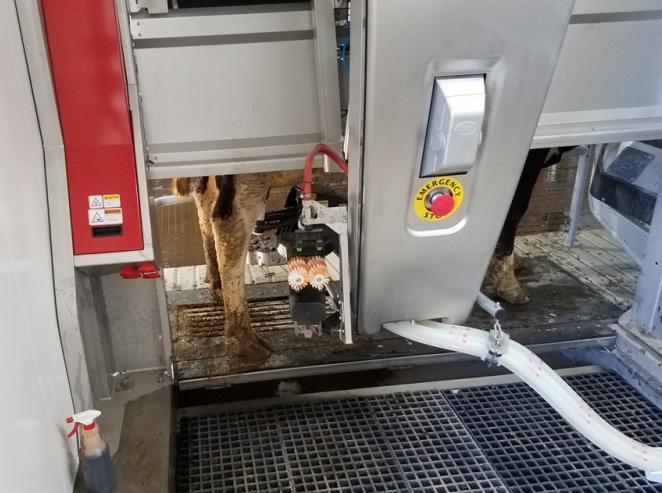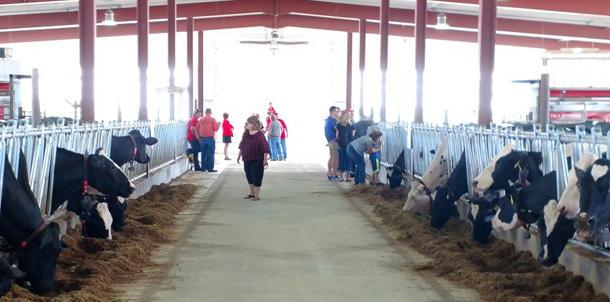
1 minute read
Robots on the farm
By: Jacob Mayer, Project Engineer, Settje Agri-Services & Engineering
Robots programed to milk cows might seem like science fiction; however, this technology is a reality for today’s dairy farmer. Robotic milking, first developed in Europe 25 years ago, has only recently taken off in the United States. The robot(s) (about the size of a hydraulic squeeze chute) is strategically placed in the free stall barn to foster efficient cattle movement.
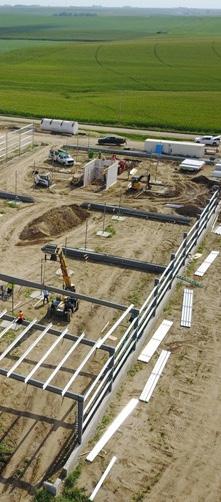
Each cow voluntarily comes to the robot for an energy and protein dense pelleted feed and opens the entry gate with her unique electronic collar. Once inside the box, a robotic arm (think robotic welder in a manufacturing plant) equipped with scanning lasers sanitizes her udder, attaches the suction tubes to each teat, and away we go. Each robot is designed to milk about 60 cows two to three times per day.
Over the past two years I’ve had the opportunity and privilege to work with three progressive Nebraska dairymen to help design and build the first robotic dairy farms in the state. The common threads for these projects: young producers (40ish) taking over decision making on their family operation, a desire to expand the business, dilapidated existing facilities in need of major repairs or demolition, and a labor force with high turnover. “This (robotic milking) is going to be the new normal,” says Brett Beavers of Fillmore County, whose five robot farm went online in May.
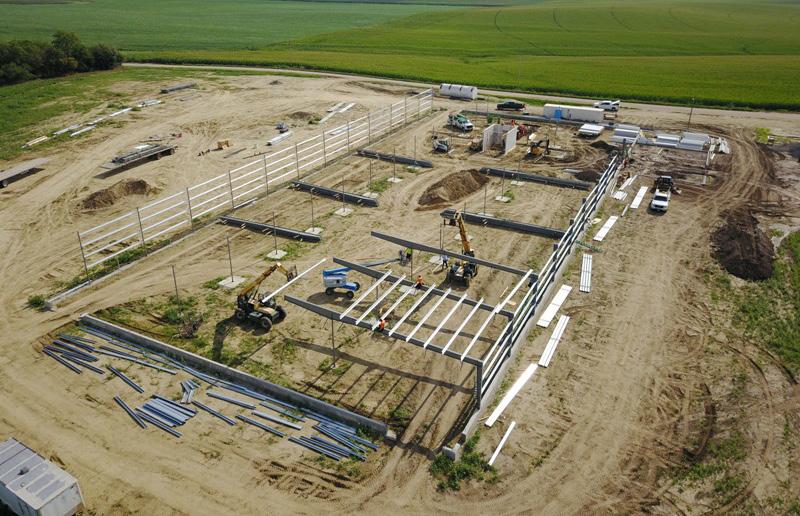
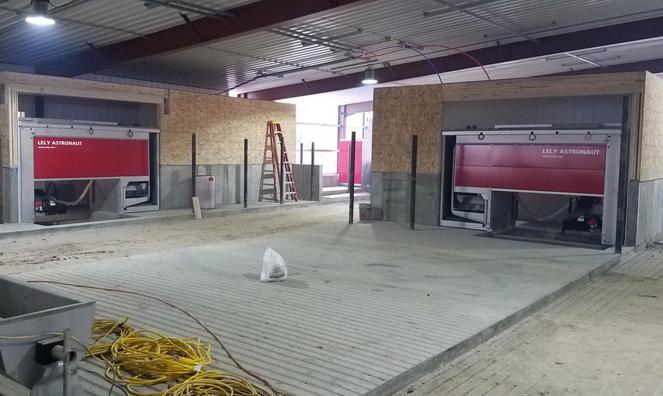
It is no surprise that this low-stress method of milking (for animals and humans) is growing in popularity. Bill Demerath, Antelope County, shares “I can take better care of my animals because I’m not milking 8 hours per day.” And boy has it ever paid off. “In our old parlor we averaged around 65 lbs. of milk per cow per day. Today we are at 85 and we haven’t hit the ceiling yet. I never imagined that my cows were this good. The potential was always there; we just couldn’t capture it before we installed robots.”
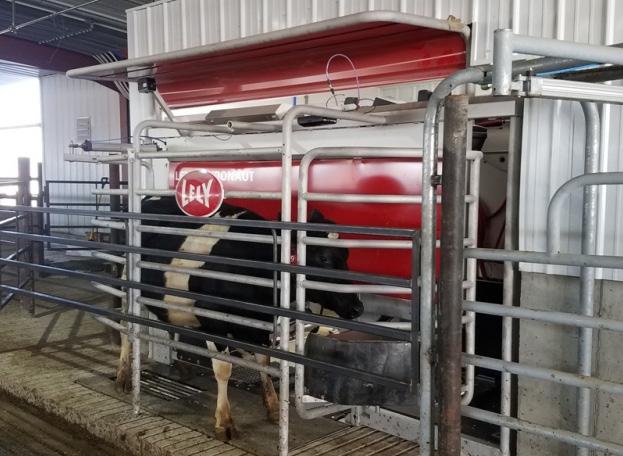
Technology in agriculture is truly amazing. The facet of robotic milking that impresses me the most is it enables the farmer to customize management for singular animals. “I can’t wait to get started and get access to individual cow data. Changing from pen management to soon being able to make decisions for one cow based on the data is what intrigues me the most,” said Bob Larson of Platte County. His dairy is currently under construction and will be operational in early 2018. I believe that the future of protein production lies in precision livestock management and in turn more robots. Until next time, God Bless.
